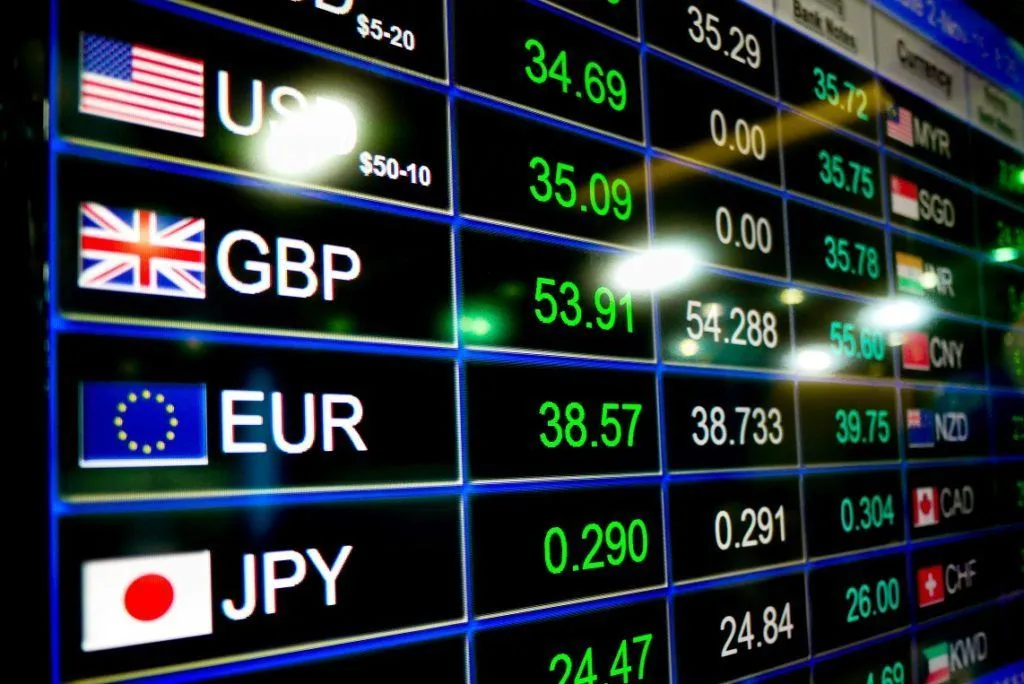When it comes to calculating the forex exchange rate, there are many factors to take into consideration. These factors can affect the strength of a currency. For example, the balance of trade of a country may have a strong effect on the value of its currency. A positive trade balance means a country exports more than it imports, so there is greater demand for that nation’s currency on the Forex market. The following factors can also affect the strength of a country’s currency.
Currency values in the forex market fluctuate because the currencies of major economies are not fixed. These values are determined by the ongoing activity on the currency markets throughout the world. This fluctuation encourages international trade and makes currency investments easier. In addition, it helps investors make money if a particular currency gains strength. Forex exchange rates fluctuate as the price of one currency drops and another currency increases in value. This is why this market is so important.
Live currency exchange rates are essential for a forex trader. They help them determine trends in currency pairs and identify market trends. Live currency exchange rates fluctuate by the second, so you have to be vigilant and alert to the latest news and political events. The fluctuations can be as low as one second, and they react quickly to the latest critical financial data and political news. So it is important to monitor the live currency exchange rates to see if you’re on the right track.
A currency’s value can fluctuate because of interest rates in one country. This means that if a eurozone central bank decides to loosen monetary policy, traders may buy the dollar versus the euro. The euro value will then decrease, and vice versa. Because of this change in expectations, the euro value will fall. If the value of the euro falls, they’ll buy a dollar versus the euro and sell it when the euro is at a lower value.
The foreign exchange market is an open market for currencies from a variety of countries. The currency market is continuously flooded with buyers and sellers and is therefore open 24 hours a day. The forex market uses two types of exchange rates: fixed and floating. For example, the EUR/USD trading pair covers more than half of the market. In the same way, the USD/JPY rate accounted for a third of the market during the 19th century.
The currency market model considers currencies as an important factor in determining an equilibrium exchange rate. Various factors such as people’s willingness to hold existing quantities of assets, their expectations of future worth, and other economic variables influence the value of assets. Therefore, the exchange rate is essentially the price at which the relative supply and demand of different assets are balanced. For example, in the United States, the Treasury determined in 1968 that it would buy and sell one ounce of gold for $35. Other countries would set their own equivalent to the ounce.
You may also like
-
AI-Driven Forex Signal Accuracy and Backtesting Methodologies: The Smart Trader’s Guide
-
Top 10 Forex Trading Strategies to Maximize Profits in 2024
-
How to Profit From Forex Swing Trading
-
Day Trading Forex: Strategies for Intraday Currency Moves
-
5 Reasons Why Forex Trading Should Be Part of Your Investment Strategy


